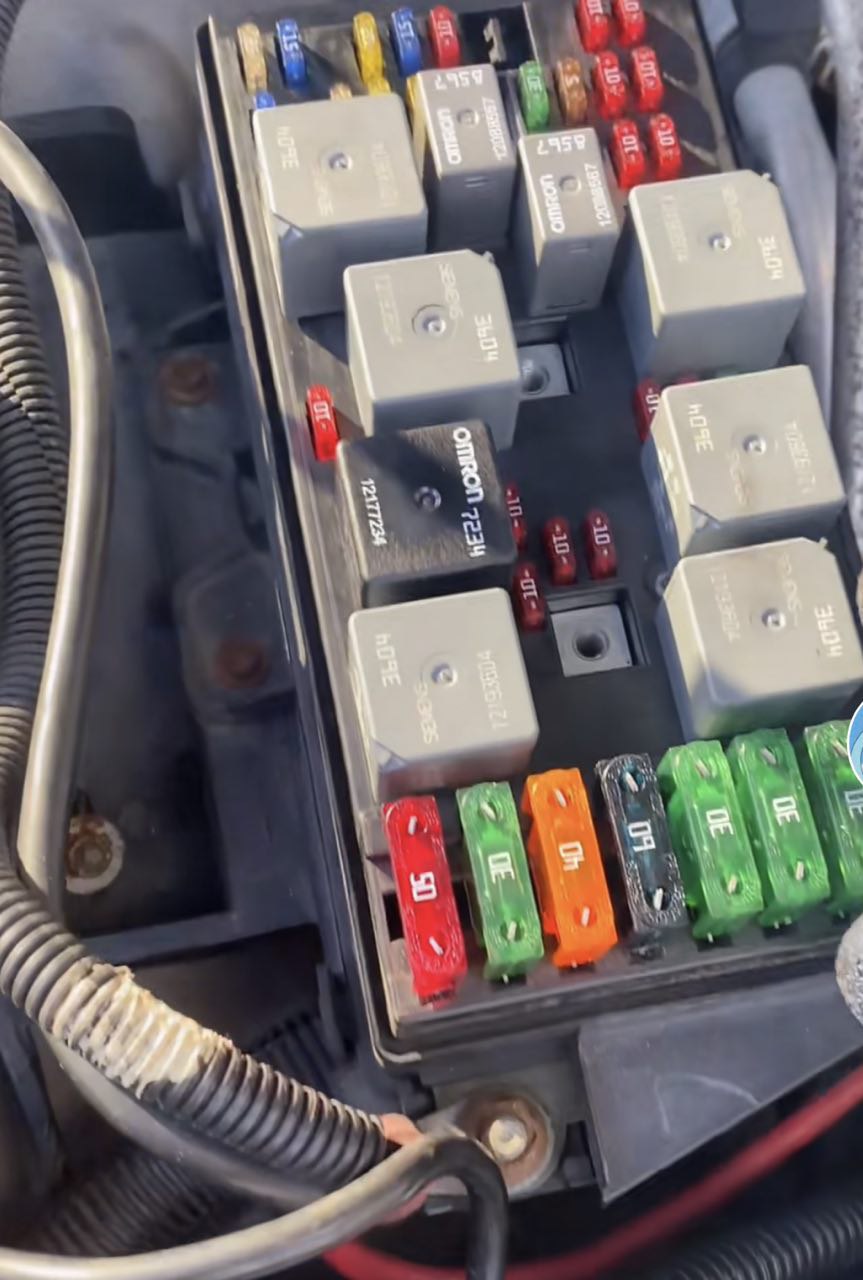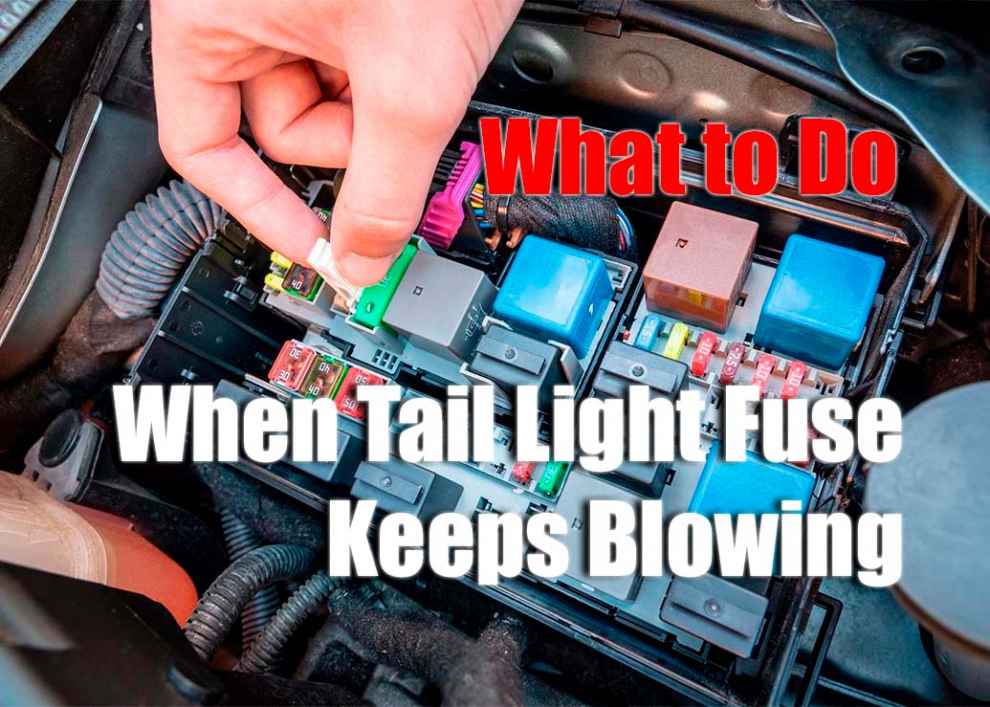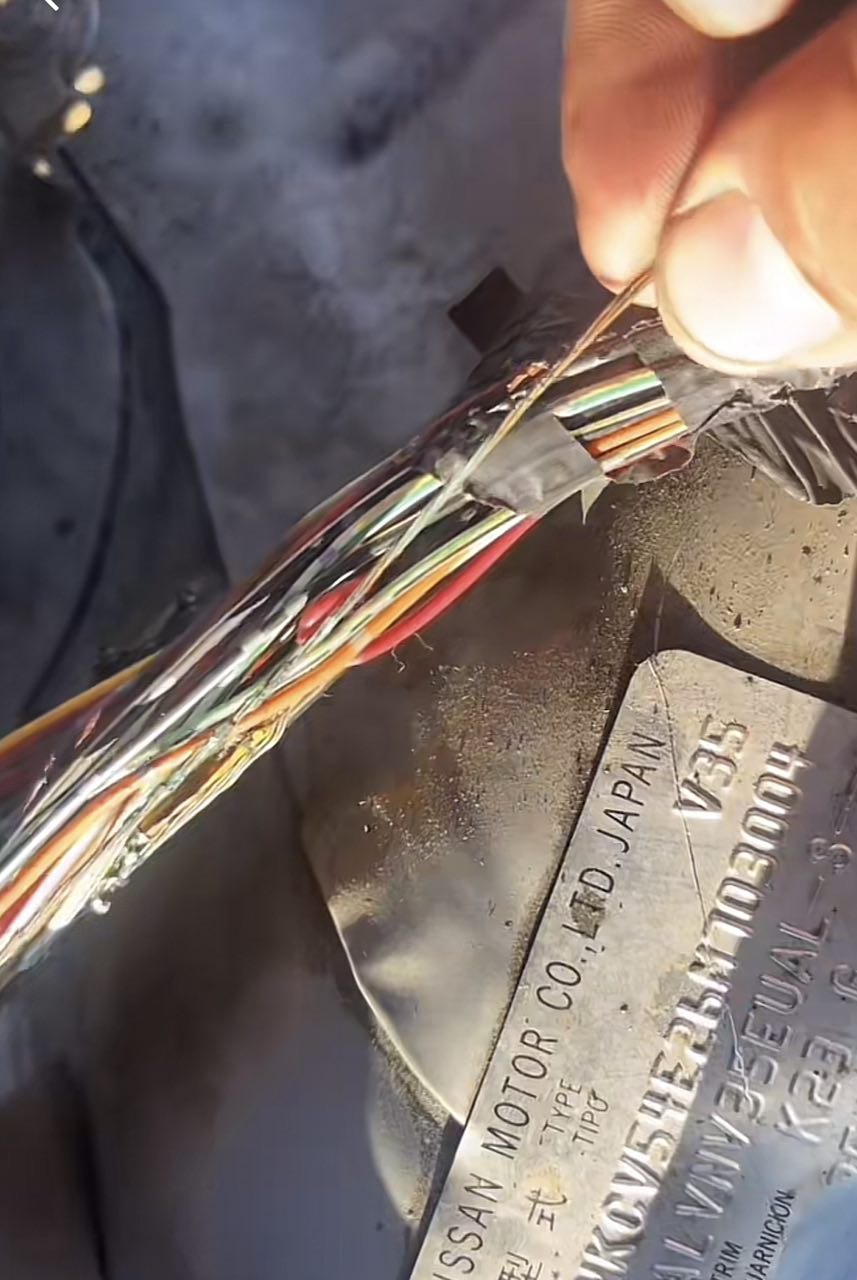If you own a Jeep, you know how frustrating it can be when your tail light fuse keeps blowing. Whether driving down the highway or just taking a leisurely ride through town, having a functioning tail light is essential for safety and visibility. This seemingly small issue can become a significant concern, especially when it becomes a recurring problem. Fortunately, there are steps you can take to troubleshoot and fix this problem. In this guide, we’ll explore the most frequent causes of a blown tail light fuse, discuss comprehensive solutions, and provide preventive measures to keep your Jeep’s tail lights glowing bright and steady. By understanding how to repair and prevent this issue in the future, you’ll ensure a safer and more satisfying driving experience.
Common Causes of a Blown Tail Light Fuse
Blown tail light fuses can be caused by various things, ranging from simple issues such as a worn-out bulb to more serious problems like corroded wiring. Here are some of the most common causes of a blown tail light fuse:
-
Worn Out Bulb: The most common cause of a blown tail light fuse is an old or worn-out bulb. It can happen when the filament in the bulb has become weakened over time, which can cause it to draw too much power and blow the fuse.
-
Corroded Wiring: Corrosion on your car’s wiring is another common cause for blown fuses, as this can also cause excessive current draw and blow the fuse. Regularly checking your car’s wiring for corrosion and replacing any corroded wires is essential to maintaining electrical system health in your vehicle.
-
Poor Connections: Loose or poor connections between components in your tail light circuit can also be responsible for blowing a fuse due to excessive current draw through said connection points. Make sure to check all connections regularly and re-secure any loose or broken connectors as needed to ensure the proper operation of your vehicle’s electrical system.
-
Faulty Switches: Faulty switches are another potential culprit of blown fuses due to excess power being drawn when they fail open or closed, resulting in an overload condition that will blow the fuse protecting the circuit from damage. Replacing faulty switches with new ones should help resolve this issue quickly and easily if it is at fault for your vehicle’s problem with its tail lights not working.
-
High-Power Accessories: High-power aftermarket accessories such as amplifiers, stereos, and other power-hungry components can also draw too much power through your tail light circuit and cause a blown fuse if the circuit is already close to its limit. Check your vehicle’s fuse box for any high-power accessories that may be installed to ensure they’re not the cause of the problem.
Diagnosing and correcting blown tail light fuses can be tricky depending on what’s causing them in your situation, so it’s always important to check all potential causes before attempting repairs or replacing parts. Be sure to consult an experienced mechanic if you need help finding and fixing the source of the issue yourself.
How to Fix Blown Tail Light Fuses

Once you’ve identified the proper type of fuse needed for your car’s tail lights, unscrew it from its clip (or remove it with pliers if necessary) and replace it with a new one that has an equivalent rating to what was originally installed (15-amp or 20-amp). Finally, once you’ve replaced the old fuse, close your vehicle’s fuse box, and test your tail lights again to ensure they function correctly. If they don’t turn on after replacing the blown tail light fuse, check around again for any other electrical issues, such as loose wiring connections that could be causing problems elsewhere in your car’s electrical system.
Conclusion
Tail light fuses can be a common source of frustration for Jeep owners, but fortunately, they’re also relatively easy to troubleshoot and fix. Whether you have an old or worn-out bulb, corrosion on your car’s wiring, poor connections between components, faulty switches, or high-power aftermarket accessories drawing too much power through your tail light circuit, these problems can all cause a blown fuse. By understanding the most common causes of blown tail light fuses and how to troubleshoot and replace them yourself safely with the proper fuse rating needed for your car’s tail lights, you’ll save time and money in the long run while ensuring your tail lights stay functioning correctly for years to come.

 Worn Out Bulb: The most common cause of a blown tail light fuse is an old or worn-out bulb. It can happen when the filament in the bulb has become weakened over time, which can cause it to draw too much power and blow the fuse.
Worn Out Bulb: The most common cause of a blown tail light fuse is an old or worn-out bulb. It can happen when the filament in the bulb has become weakened over time, which can cause it to draw too much power and blow the fuse.
Add Comment